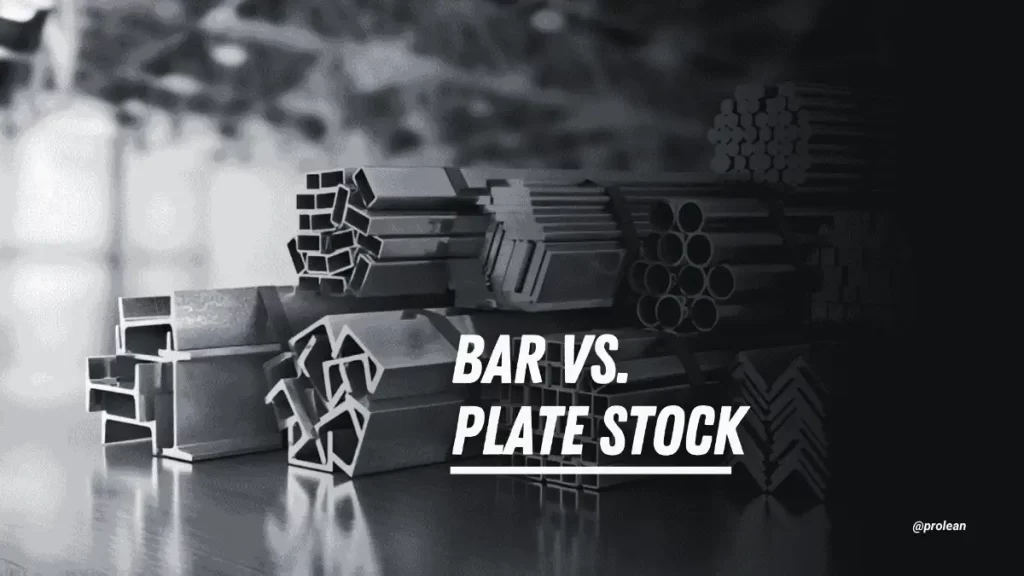
Bar Vs Plate Stock
Bar and plates are common raw materials in industrial machining. They offer shape flexibility and high-dimensional accuracy for projects.
Bar stock works well for round, square, or hexagonal parts. On the other hand, plate stock is ideal for flat profiles and structural components. Both materials support diverse manufacturing needs with consistent performance.
Understanding these unique stocks helps you optimize design and machining jobs. Choosing the right form reduces waste and improves production efficiency. Bar and plate materials suit various industries and custom requirements. This guide explains their unique types, uses, and selection considerations. So, keep on reading.
What Is Bar Stock?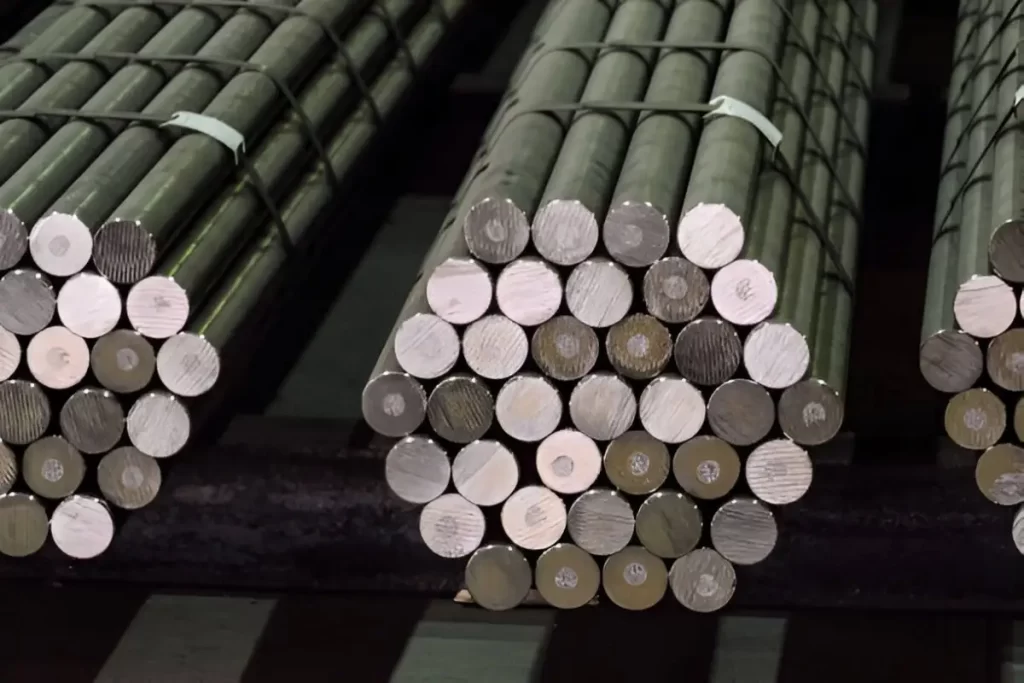
Metal Rod Stock
Bar stock is a raw material manufactured in industries. It is usually made in long rods or rectangular shapes. This stock offers consistent quality due to its uniform composition. So, it is perfect for cutting and CNC drilling operations. Additionally, it helps you ensure accurate production of various parts.
Types of Bar Stock and Their Common Uses
Bar stock comes in various shapes, each suited for specific machining applications.
Cylindrical Bars (Rods)
Turning and lathe work is suitable for cylindrical bars. They are round, which facilitates the easy machining of circular components. Shafts, pins, and rollers are typically produced by turning, forging, or machining.
Square Bars
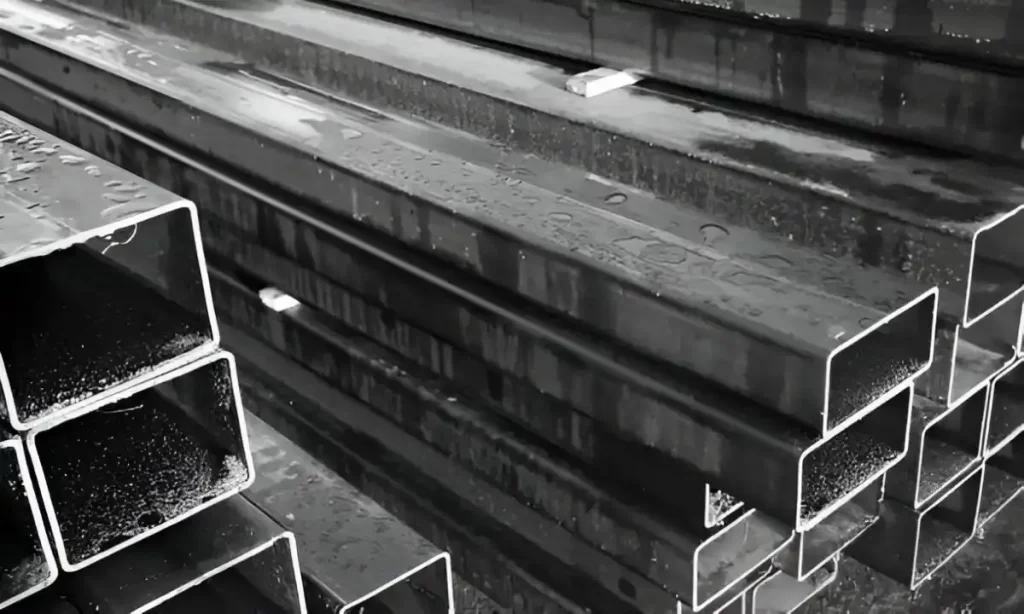
Square Metal Bar Stock
Frames and brackets are made out of square bars. They give reinforcement to structural elements. It is frequently used in the machinery and construction industries.
Flat Bars

Flat Stainless Steel Bars
Flat bars possess a flat, broad form suitable for gaskets. They are appropriate for the seals and flat structural components that must be stable and applied in large quantities in fabrication and repair work.
Hexagonal Bars
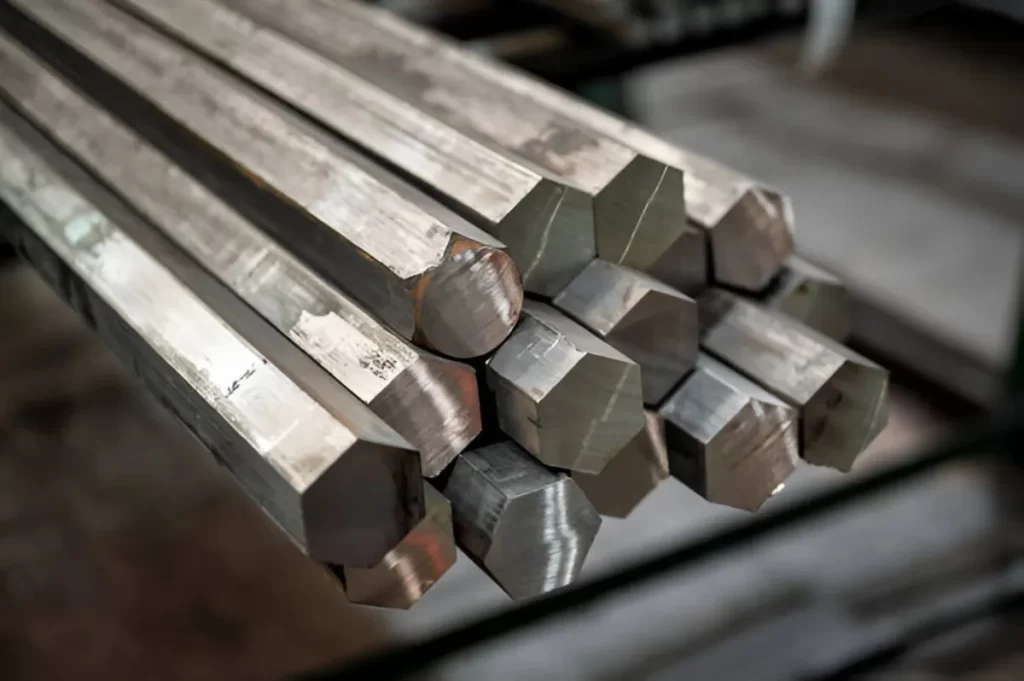
Bundle of Hexagonal Bar Stock
Bolts and nuts can be perfectly produced with hexagonal bars. They are shaped to aid rapid fastener manufacture. Commercial in motor and machine construction.
Try Prolean Now!
Types of Bars that You Need to Know
Bar stock depends on the material and the purpose, and each has special benefits in machining and manufacturing.
Carbon Steel Bar Stock
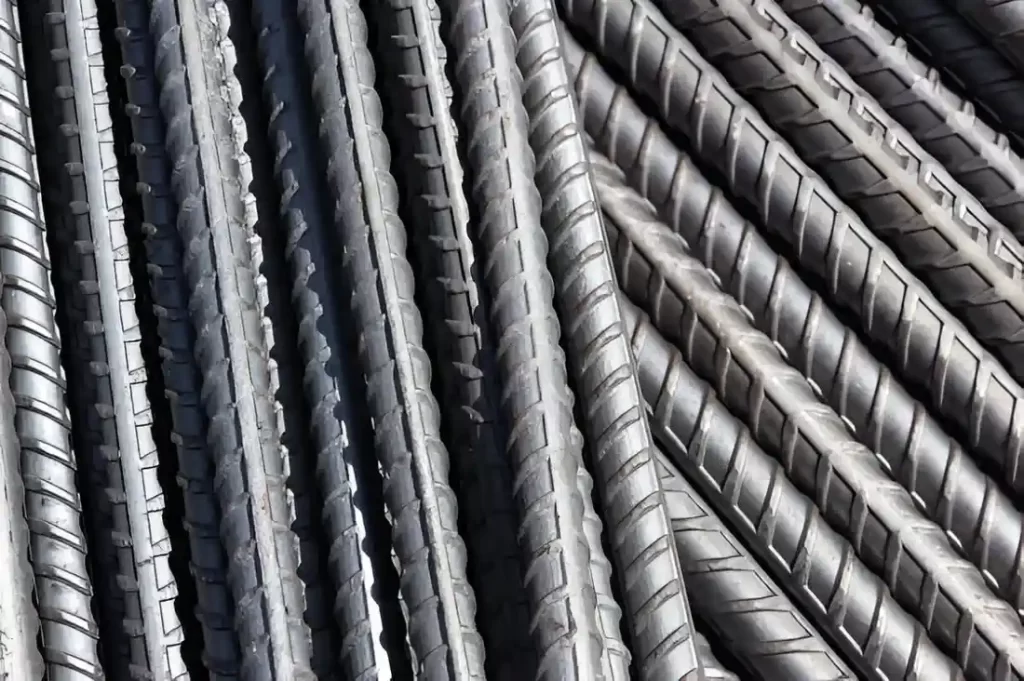
Carbon Steel Bar Stock
Carbon bar steel is rugged and multipurpose in industrial applications. They can be easily machined and welded to excellent-quality profiles and shapes. For instance, these are primarily used in forging and auto parts, like crankshafts. This is perfect regarding the elements required to sustain heavy weight without bending.
Stainless Steel Bar Stock
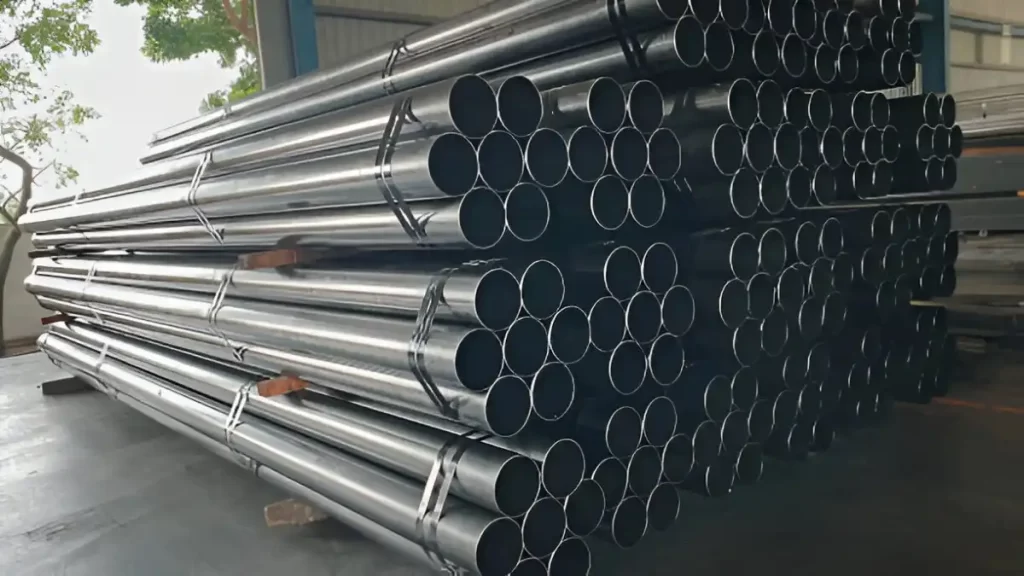
Stainless Steel Pipes
Stainless steel bars offer excellent heat and corrosion resistance. This qualifies them to be used in medical and food processing machinery. Moreover, these bar stocks are hygienic and long-lasting in moisture or chemical exposure areas. So, manufacturers use them to provide surgical equipment and chemical facility components.
Aluminium Bar Stock

Aluminum Bar Stock
Aluminum bars are easy to carry and do not corrode easily. They are strong yet lightweight and suitable for automotive and aerospace components due to their good machinability. These are applied to door rails, engines, and suspensions. Additionally, aluminium stock provides excellent thermal conductivity and formability.
Plastic Bar Stock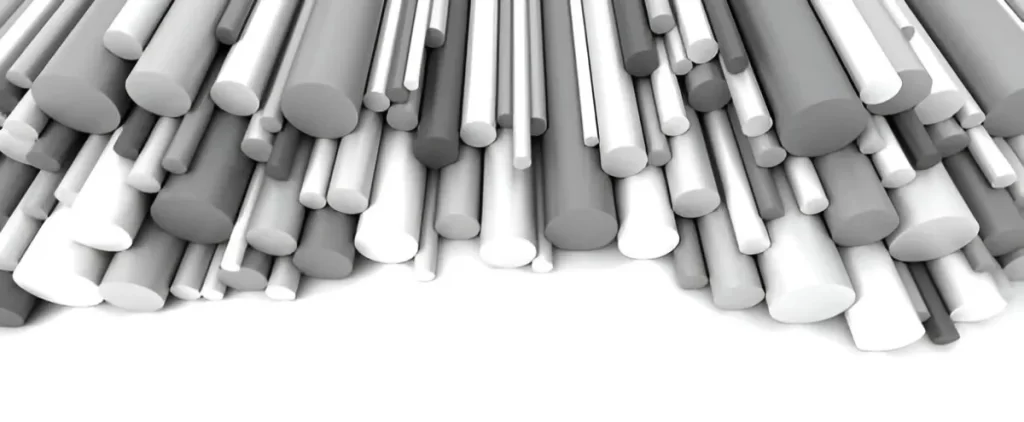
Plastic Round Rods Stock
Plastic bars are flexible, light in weight, and non-corrosive. Low friction allows their use on machine parts like gears and bushings. These are heavily used in the food and pharmaceutical sectors, where chemical resistance and no contamination are desired.
What Is a Plate Stock?
Plate manufacturing stock refers to flat metal or alloy sheets used in manufacturing. Plates come in various thicknesses and sizes depending on the application. These are raw materials for sheet metal fabrication, machining, construction, and flooring projects.
Manufacturing Processes of Metal Plates
Metal plate production has several manufacturing processes. These raw materials are processed into usable plate stock for various applications. Below are the standard methods used to produce metal plates.
Casting Process
To make plates in metal casting, molten metal is poured into molds. Once cooled, the metal takes on the exact shape of the mold. In this process, one gets ingots used to make metal plates.
Installing and Assembly
Welding, brazing, soldering, or fastening are used to join plates. These techniques construct bigger or intricate plate structures.
Deformation Process
Metal plates are processed with extrusion, rolling, or forging. These methods shape the plate into preferred shapes and designs.
Material Removal
Unnecessary plate pieces are removed by cutting or machining. Cutting is precisely done by using lasers or beams.
Heat Treatment
Heat treatments increase hardness, ductility, and machinability. These processes include annealing, tempering, and ageing.
Finishing
A final finishing touch increases the corrosion resistance and improves the surface. The most popular finishing processes are anodizing, polishing, galvanizing, and painting. These treatments have unique operations and offer longevity in harsh conditions.
Try Prolean Now!
Types of Metal Plates You Should Know
Sheet metal vs plate metal, both are diverse. Each type has its features based on its use. Here are the common plate stocks that are used more preferably.
Galvanized Plates
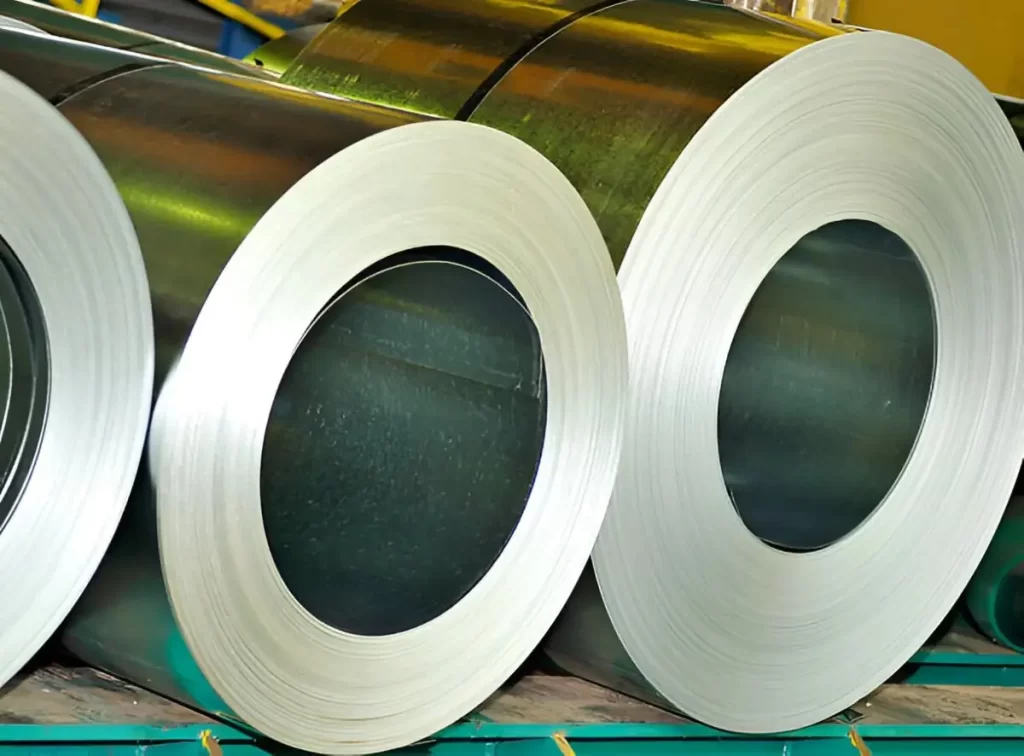
Galvanized Roll Steel Stock
Zinc is used to coat galvanized metal plates. This coating layer helps prevent rust from forming. Moreover, it makes them last longer both outside and inside. They can stand different temperatures and bad weather conditions. Galvanized plates are extensively applied as roofs, sheds, and automotive components due to their sturdiness.
Checkered Plates

Checkered Pattern Steel Plate Stock
Patterned surfaces are raised to create additional traction on checkered plates. These patterns minimize the risks of slipping in offices and walkways. They are also designed for easy cleaning, resisting oil, dirt, and dust. They apply to most industrial floors, steps, and automobiles.
Mild Steel Plates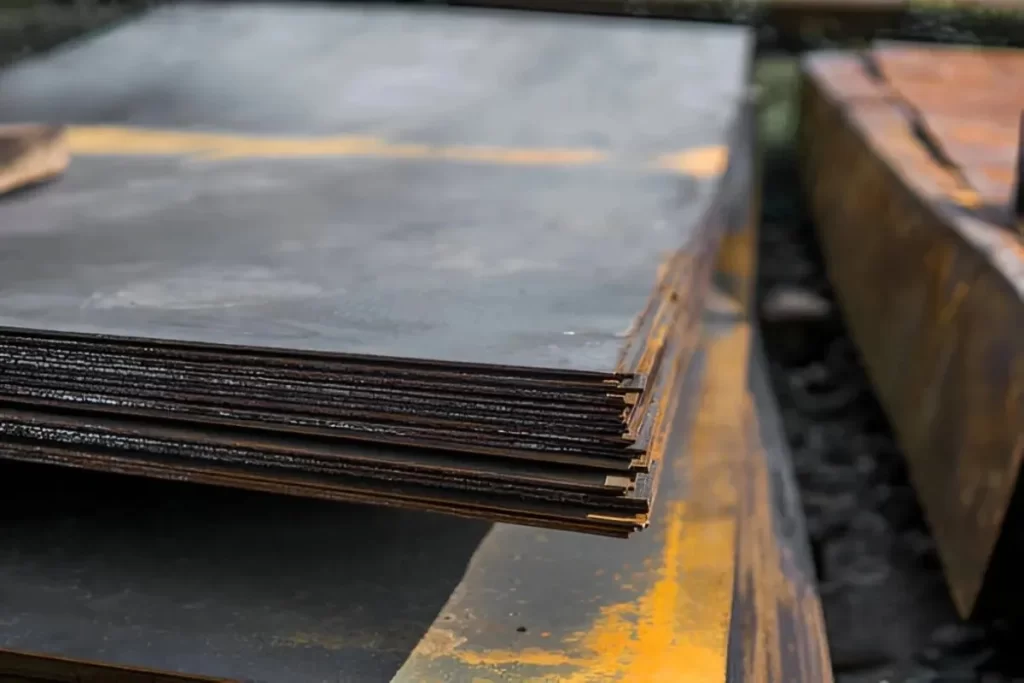
Mild Steel Plates
Mild steel plates have low carbon content. So, these are highly ductile. They have excellent weldability and can be easily molded into diverse shapes. These plates are widely applied in construction and equipment manufacturing. They are cuttable with standard machinery, so that you can lower the production costs.
B.I. and G.I. Plates
B.I.(Black Iron) Plates are composed of aluminium and copper. These elements increase its strength. G.I.(Galvanized Iron) plates are corrosion-resistant. Zinc coating is used to protect the surface.
B.I. plates are more widely applied in AC units, billboards, and heavy equipment. Comparatively, G.I. plates are not heavy and are suitable for appliances and roofs.
Difference Between Plate Stock and Bar Stock
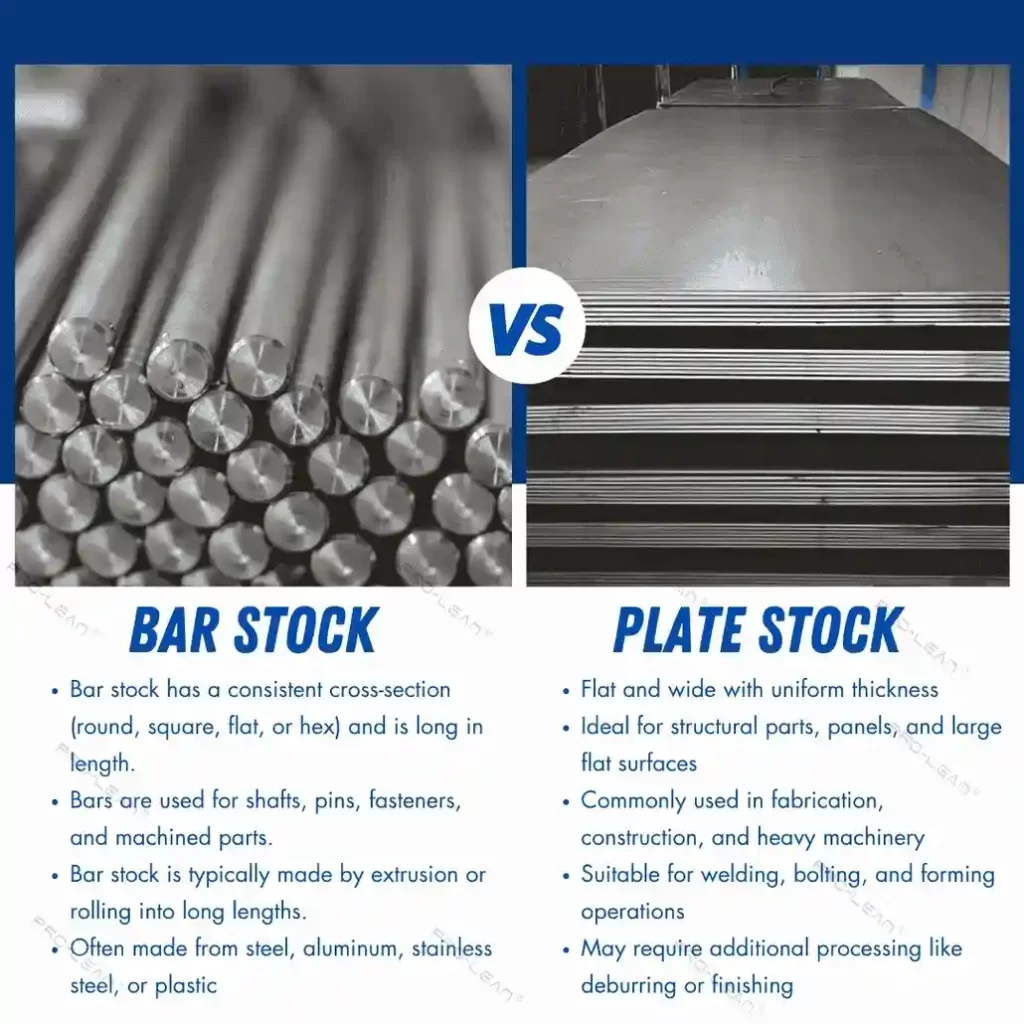
Infographic: Bar Vs Plate Stock Comparison
Plate stock and bar stock are used for different purposes. Knowing how they differ helps you pick the right material for your project. Here’s a simple look at what sets them apart.
| Aspect | Plate Stock | Bar Stock |
| Applications | Used for flat metal needs like bridges, ships, and frames | Used for shaped parts like shafts and pistons |
| Manufacturing | Made by forging: heating and hammering metal | Made by drawing, extrusion, and rolling |
| Shape & Size | Flat, 2D with fixed width and thickness (e.g., 4×8 ft) | Long and shaped (round, rectangular) with fixed cross-section (e.g., 10-20 ft) |
| Grain Structure | Uniform grain depends on processing and heat treatment | Uniform grain Structure |
| Key Feature | Good corrosion resistance | Higher durability and strength |
Choosing Between Aluminium Bar and Plate Stock for CNC Machining
Choosing the right aluminum alloy stock depends on size, cost, and machining needs. Here’s how to make the right call for CNC projects:
Size And Shape Requirements
Plate stock is optimal when you need a precise shape or a large surface area. Meanwhile, aluminum bar stock suits parts with uniform cross-sections, like shafts or brackets.
Material Availability
The 6061-T6 aluminium bar is widely stocked and used to make strong yet light products. Plates are larger and more suitable for larger blanks or billet-style parts.
Cost Consideration
Bar stock is often cheaper per pound compared to plate stock in CNC aluminum machining. Nevertheless, pre-cut plates offer the benefits of saving machine time and reducing waste of materials in a larger component.
Edge and Surface Conditions
Aluminum bar flat stock typically has cleaner edges. These have a more uniform grain structure. The edges of plates are usually less smooth due to cutting and may need additional processing.
Applications of Bar and Plate Stock Across Key Industries
Below are some key industries where these stocks are most commonly used.
Aerospace
Lightweight and sturdy aircraft parts, such as pins and aerospace fasteners, are made using bar stock. Wing panels and landing gears are structural components supported by plate stock, particularly aluminium alloys.
Construction
Steel bars play a crucial role in strengthening concrete, which results in load resistance. On the other hand, plate stock is commonly used in floor decking, wall panels, and building and bridge structural plates.
Automotive
Axles, suspension, and bolts are made out of bar stock. Plates build chassis frames, body panels, and skid plates. These components protect the vehicle’s underbody..
Engineering and Manufacturing
CNC turning and precision parts are made using bar stock. Large flat items, mounting bases, or special equipment housings are designed of plate stock.
Prolean Expertise in Machining Complex and Custom Part Geometries
At ProleanTech, we specialize in custom aluminum machining. Our advanced CNC capabilities support diverse geometries and many material types. We deliver exact shapes with high precision, whether it’s round, flat, square, or complex contours.
We work with both metals and plastics for complete flexibility. Every part is manufactured to match exact specifications and tolerances. Our experts bring over decades of experience, and ensure fast lead times without compromising on quality.
From prototypes to production runs, we adapt to your needs. Reach out to ProleanTech today and turn your designs into reality.
FAQ’s
Q1: What is Bar Stock?
Bar stock refers to raw metal material shaped into long, uniform cross-sections such as square, rectangular, or round. It’s commonly used in CNC machining, forging, and other manufacturing processes to create custom parts.
Q2: What is a Bar and Plate?
A bar is a solid metal form with a consistent cross-section (round, square, or rectangular) and significant length.
A plate is a flat sheet of metal with a consistent thickness, generally wider and thinner than a bar.
Q3: What is the Difference Between a Bar and a Plate?
- Bar: Long, solid, and typically used for machining and structural components.
- Plate: Flat and wide, ideal for cutting into shapes or fabricating surfaces.
The key difference lies in their shape and intended use. Bars are usually designed for machined parts, and plates are for structural or surface applications.
Q4: What is the Difference Between Bar Stock and Rod Stock?
Both are cylindrical raw materials, but:
- Bar stock can be round, square, or rectangular and cut to size for various machining needs.
- Rod stock comes in round bars, often used in shafts or dowels.

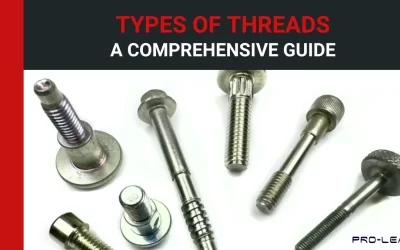

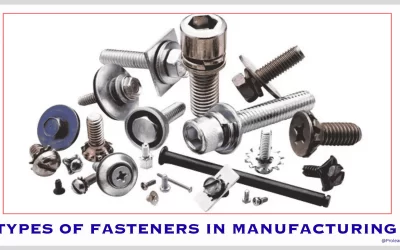
0 Comments